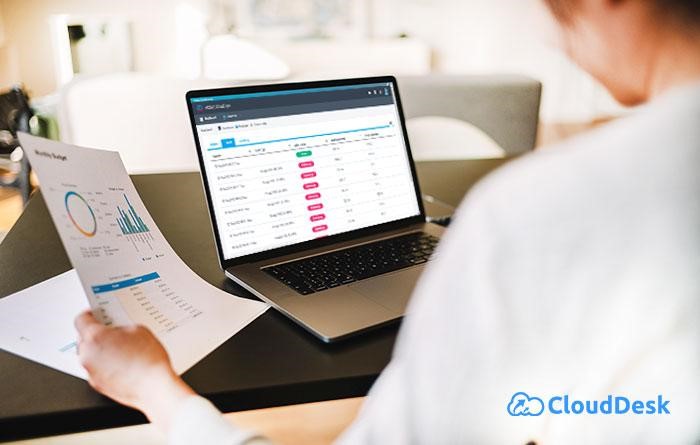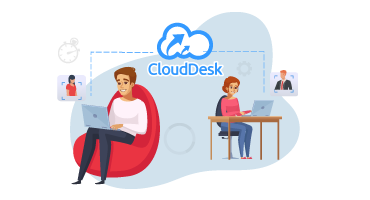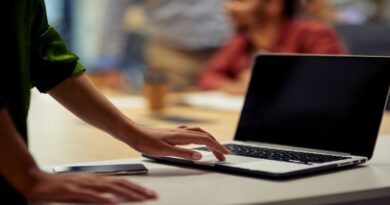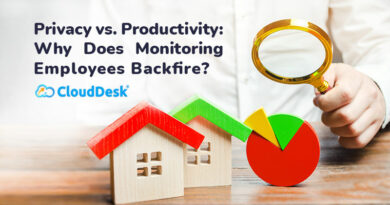How to Measure Productivity and Create Trust with Remote Workforce
When it comes to measuring the productivity of the remote workforce, there is both pain and pleasure. The pain for employers is the fear of not being able to control employees’ schedules and the pleasure for employees is being able to control their working schedule.
Companies worry that employees are not making productive use of their time and employees worry that companies aren’t seeing how much extra time they are putting in. Some employers want to utilize webcams to ensure employees are working while many employees feel deeply demotivated due to the invasion of privacy.
How to Make Both Sides Happy
Here at M2SYS, we have thought about this topic at length. We have been around for twenty years and serve many companies to manage the productivity of their workforce. When COVID-19 restrictions were put into place, many companies chose to work remotely, Since they had to act quickly, there wasn’t enough time for them to implement a strategic plan that monitored productivity while working remotely.
When the employers started thinking about this, many didn’t want a traditional employee monitoring software which would only track employee’s specific actions. They didn’t want to create spyware that put video surveillance on employees and record computer keystrokes. So, when we started working on our software, we took issues of privacy and culture into account while creating an atmosphere of mutual trust between managers and employees.
While many employees assume that their employers are trying to monitor them to make sure they are working, many employers are actually using such tools because they are worried about employee burnout. Flexible work hours squeeze the time between working hours, causing many employees to put in more hours at work. Managers need to know this information, so they can provide more resources if necessary and offer a proper work-life balance for every employee.
The Solution
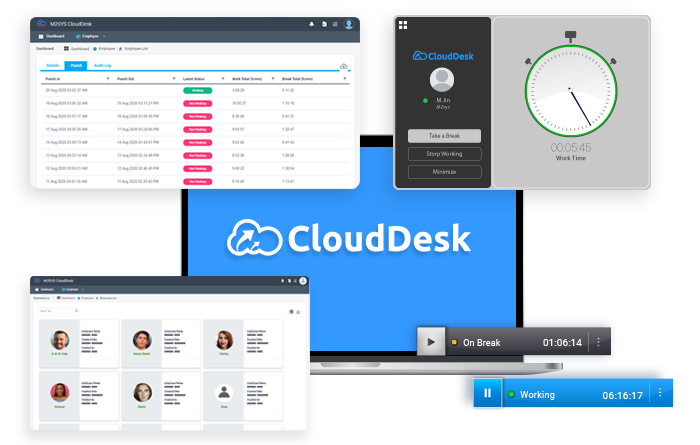
We have developed an ethical and trustworthy employee monitoring tool. The application works in the background and reports only when an employee is working. Employees can decide when their activities should be monitored. When an employee decides to be on break their activities are not monitored, which allows them to maintain their privacy regarding the usage of non-work-related activities.
CloudDesk also provides information on which applications consume most of the employees’ time without invading their privacy or harvesting potential private information. This provides management a clear idea about what tools are adding the most value to their business productivity.
When it comes to collecting data necessary to ensure productivity, companies must be very careful about how it uses that data. We encourage companies to have a strong employee engagement and communication system in order to help improve productivity.
Conclusion
If there is one thing this COVID situation has taught us about managing the workforce, decisions should be based on trust. For example, companies can look at Google’s recent announcement that its workforce can be remote until July 2021. Trust is a highly valued assumption by all employees, especially the next generation, and how your company handles the monitoring of remote employees could determine how they are able to attract and retain employees.

